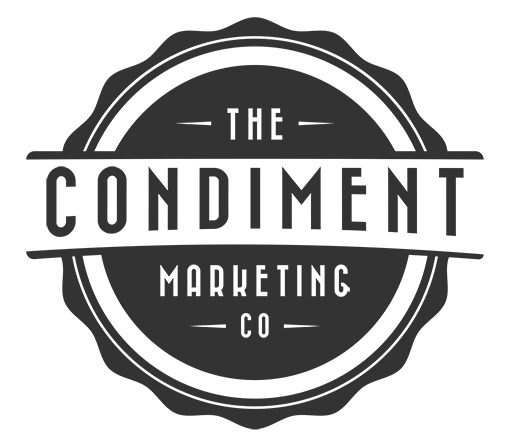Website content should not read like a user’s manual. It shouldn’t read like a prospectus either. Website content should have personality.
Making your website content sound like a human wrote it will take practice. You’ll also need to follow these 12 tips. No one said injections were easy.
Tip 1 – Choose your avatar
Marketers work with “avatars” to aid in speaking to their customers. Think about who you are trying to reach with your web content. Is it a 30-something-year-old woman who lives near a city center? Get a blank piece of paper, draw her face, and give her a name. Tape the picture to your wall and now start writing TO your avatar.
Tip 2 – Outline your web content
Create the architecture of your site. In other words, decide what pages you’ll have on your website and decide on three to five main ideas for each page. Your outline can only be a set of bullet points or it can go into more detail. Do what works best for you.
Tip 3 – Read your favorites
Visit your favorite blog; read your local paper; pick up a book by your favorite author. Let yourself be influenced by the style of successful writers. Read well and read often.
Tip 4 – Just dump
Turn off the internal critic and write. Say everything you’ve said or wanted to say to that avatar of yours. Talk about what she wants; talk about what problems you’ll solve for her; and talk about why you’re different than the other companies she knows. Don’t delete any of the web content you write. Let it flow.
Tip 5 – Let it rest
Step away from the web content and no one gets hurt. Seriously, give yourself a day or more before you start to revise. In the meantime . . .
Tip 6 – Read other web content
Study competing websites. Take note of what you need to say in your website content that will set you apart. Red alert! Don’t repeat what your competitors have said. Say something different and more compelling.
Tip 7 – Revise and recycle
Open a new document and title it “recycle.” As you revise your web content don’t delete copy in haste. If you take something out, cut and paste it into your “recycle” doc. You never know where that might come in handy (e.g., blog posts, press release, brochure copy, etc.)
Tip 8 – Tell a story
Now that you’re editing, think of your web content like a story. Is there a beginning, middle, and end on every page? Does the beginning captivate? Does the middle inform? Does the end include a call to action?
Tip 9 – If you wouldn’t say it, then don’t write it
Read your web content out loud and imagine you’re speaking to that avatar. If you squirm when reading a sentence of your website content, then it doesn’t belong.
Tip 10 – Pull from the gut
This is where you can really inject some personality. Step back and think about how can you revise pieces of your web content to make it pop. Here are a few ways to find inspiration:
- Scan Digg.com and learn to create headlines that encourage a click
- Invest in a Thesaurus and replace boring words with power words
- Study poetry and create metaphors to describe your business
Tip 11 – Get out of the boardroom
If you want boring web content, then you should definitely incorporate industry buzzwords and office-speak. But if you want web content with personality, then get out of the boardroom and say no to jargon in your web content. Delete, delete, delete.
Tip 12 – Read it again, and again, and again, and again
Read your web content and confirm that you say more about your avatar than you do about yourself. Read it again to check for spelling, grammar, and punctuation errors. Ask someone else to read your website content before you give it to your web designer. Read it one more time, just to be sure. Ask your web designer to proofread the web content before the site goes live.






hey Sara! thanks for stopping by. this is a great post! I love the tips. The points about injecting personality are great. I would have never thought of the avatar…so creative. I will definitely bookmark this for future reference. thanks!
Hi Lauren! I think we originally met through the Saucy Dipper, so I’m glad to see you made it over to my web content writing blog, too. Avatars are also called “personas.” If you Google the topic you’ll find all sorts of tips and advice.